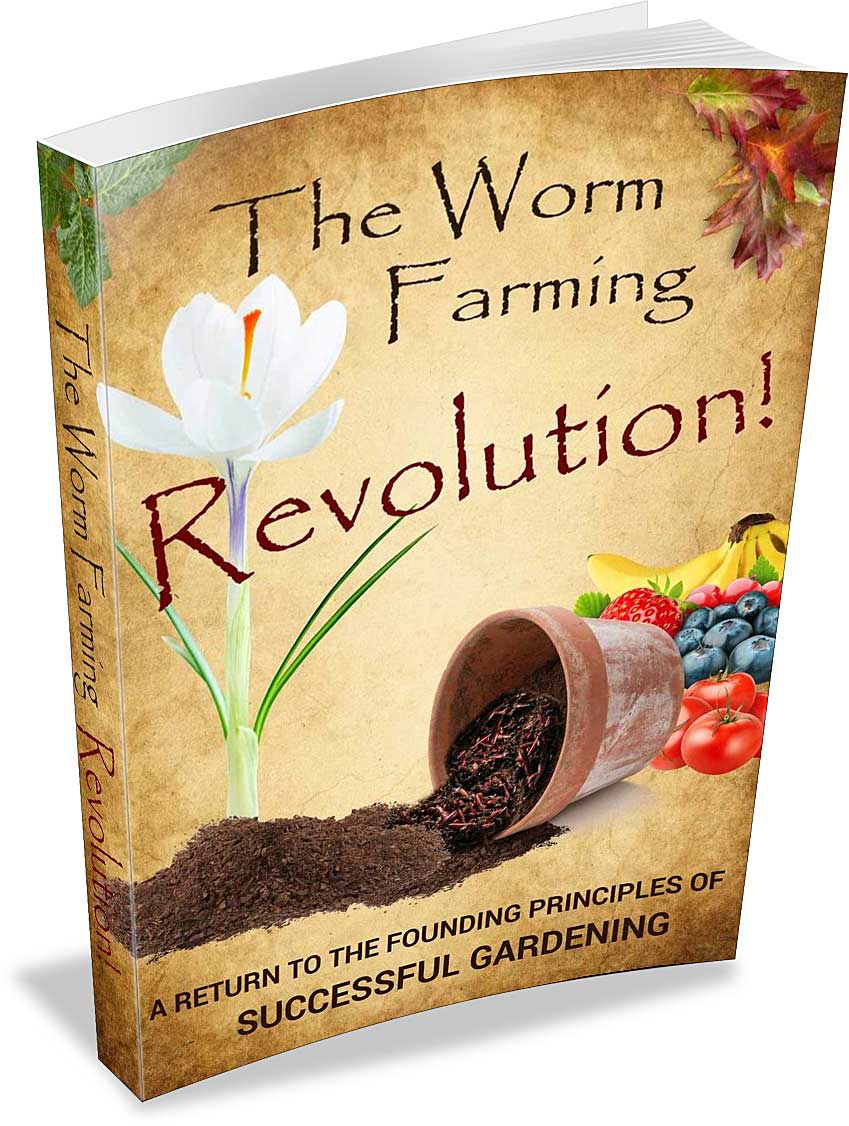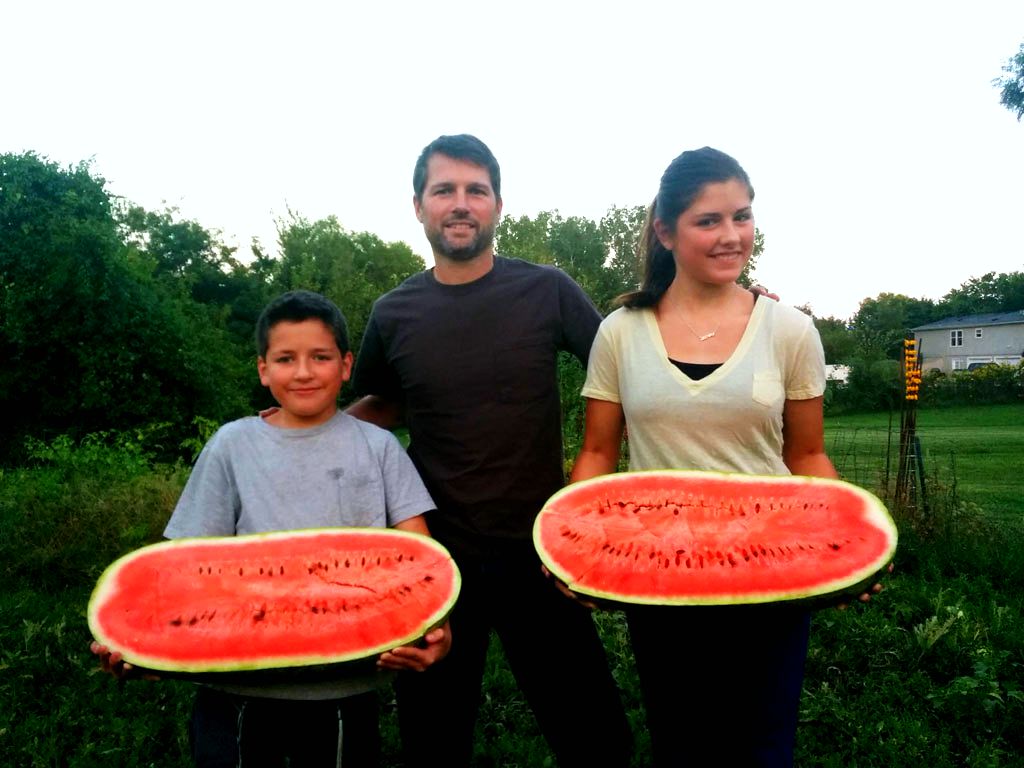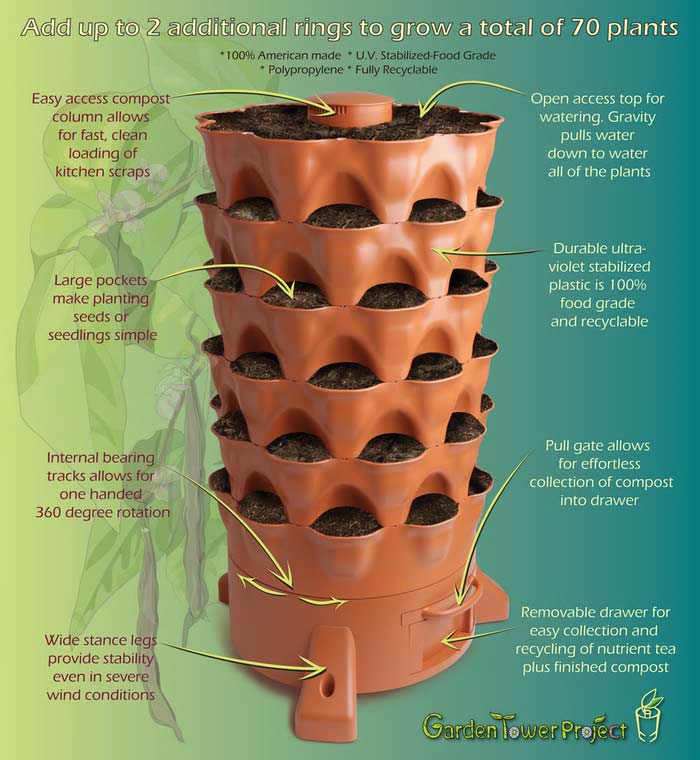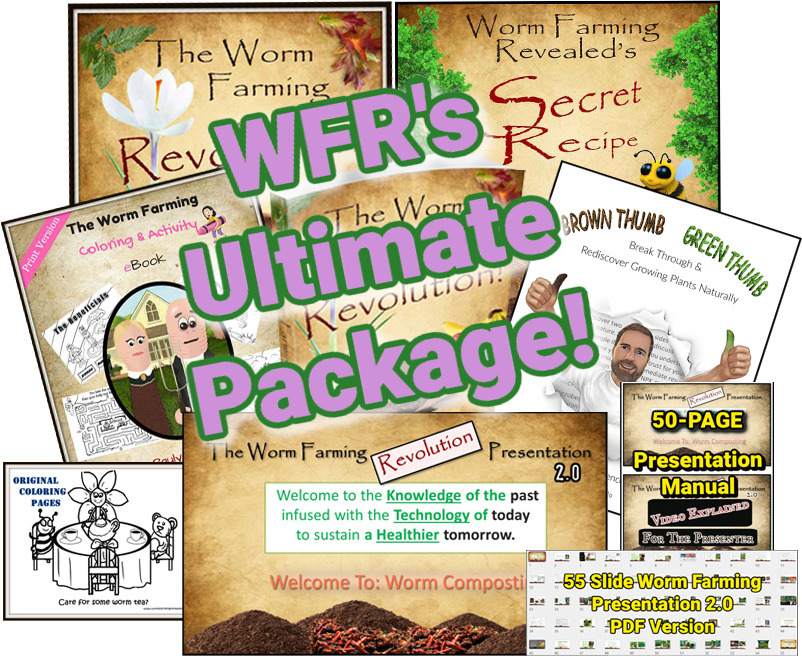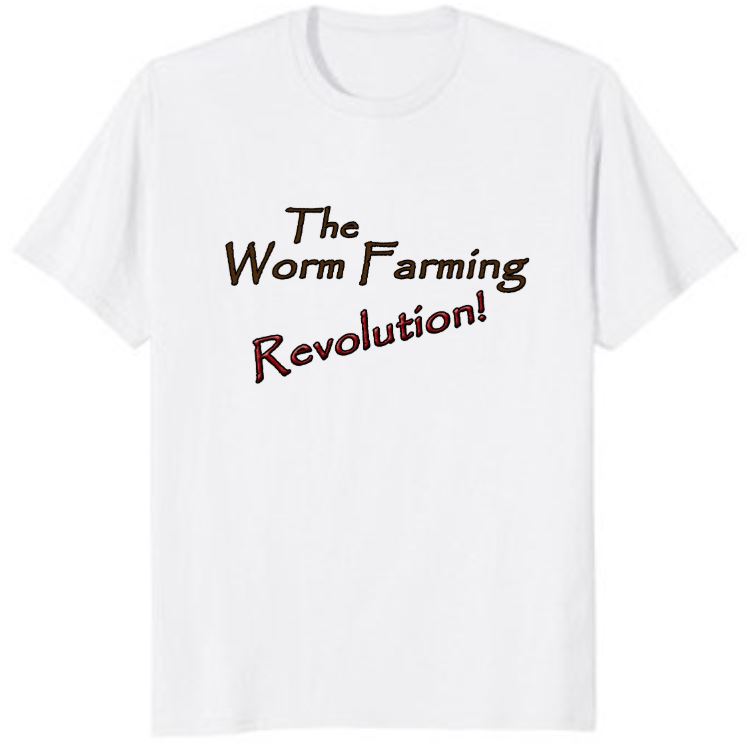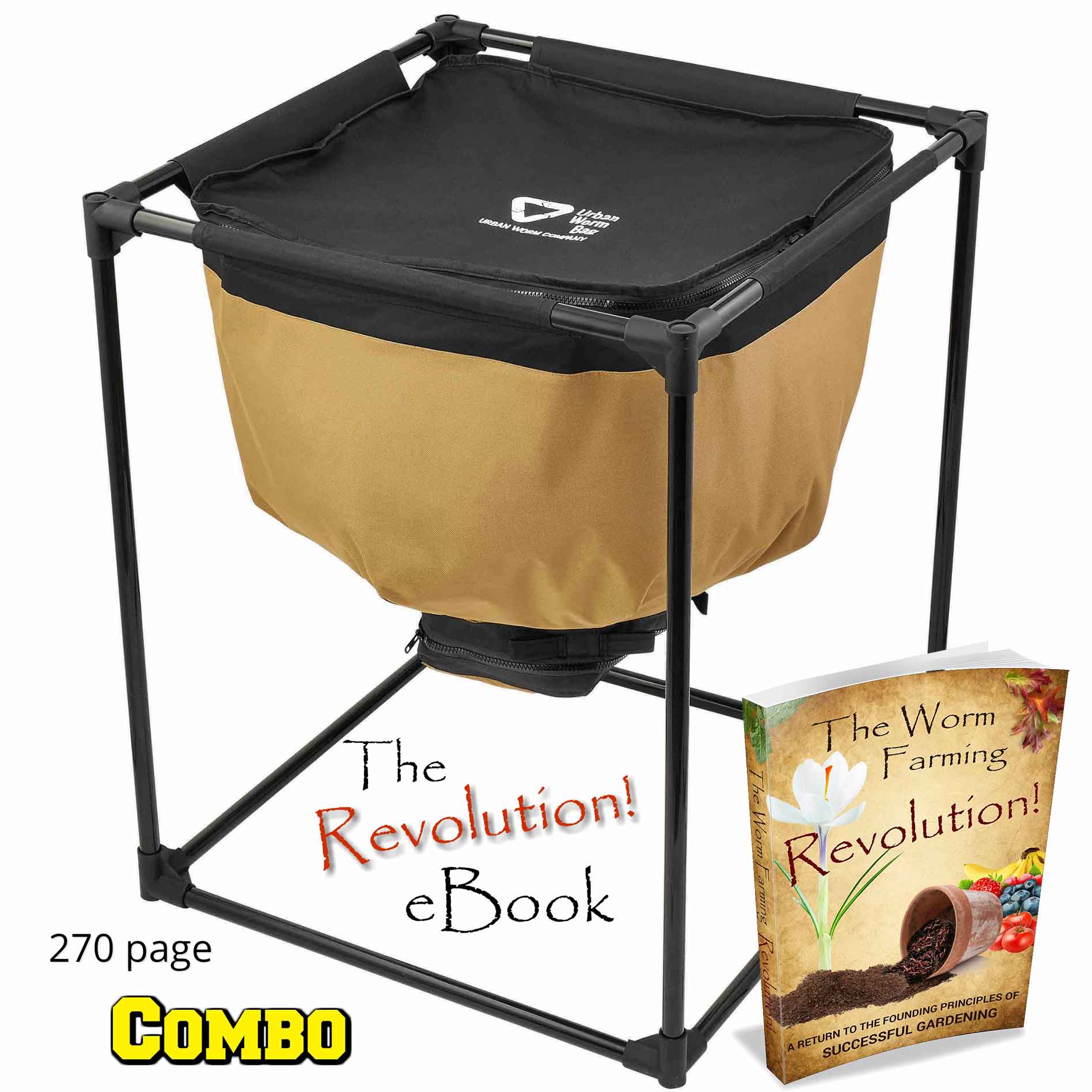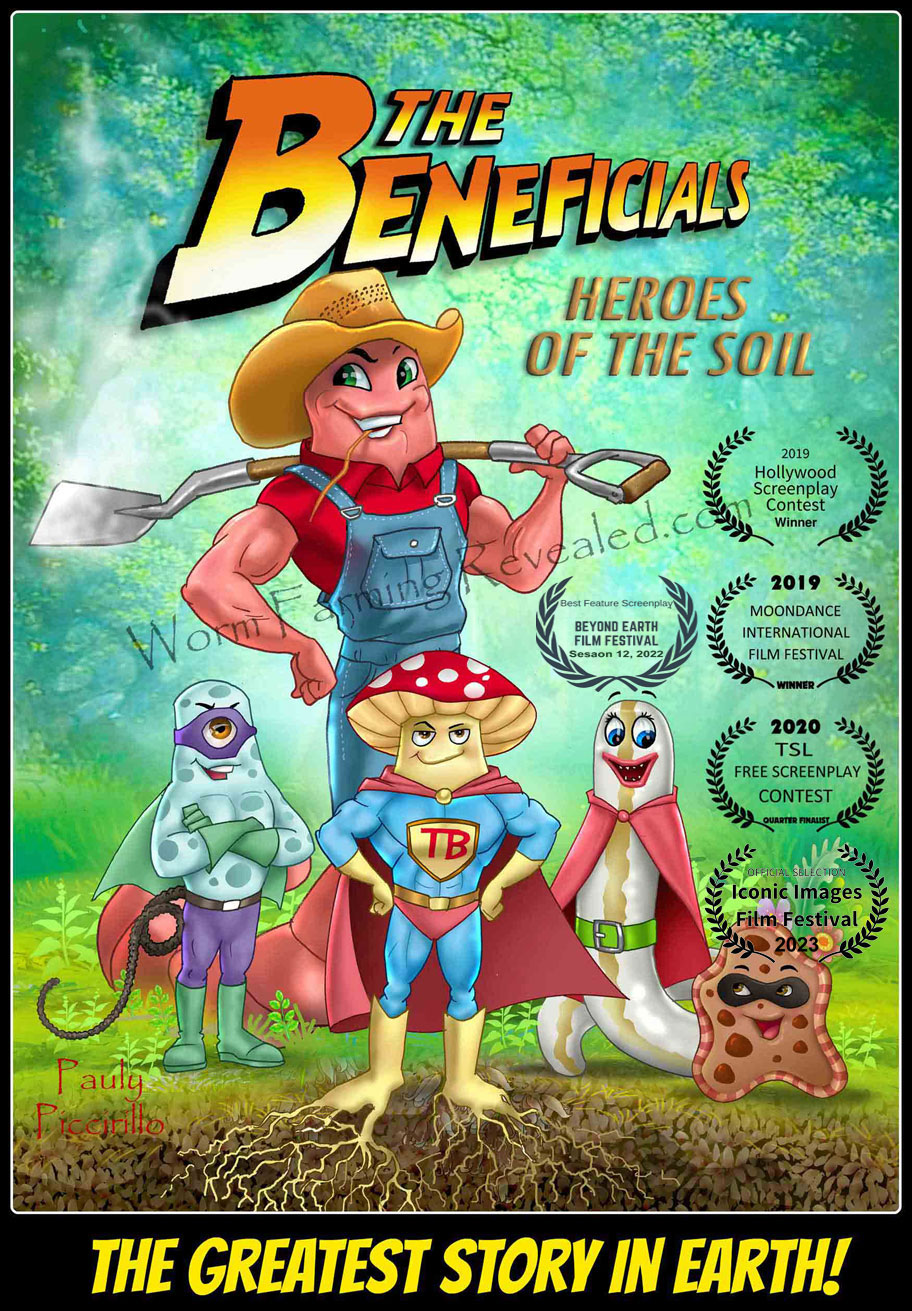Rolling Under-the-Kitchen Island Worm Bin for Apartment Living
by Karen Kelly
(Redding, California, USA)

Here you can see the dolly under the tote/bin
I live in a micro studio apartment with no balcony or porch. I started out with an 18 quart bin under my bathroom sink. It did well, so I learned I could keep worms alive and reproducing - yay!
So, I wanted a bigger bin, but where to put it? Hang it from the ceiling? Hmmmm...
I bought a heavy duty tote from Lowe's for about $18 with tax, that is black with a flip top. I wanted a sturdy, heavy duty tote that wouldn't crack if/when I move.
It has a bunch of grooves in the bottom of the tote inside, though, and I could just imagine trying to get worms and castings out from those grooves. So, I lined the tote with a doubled over tarp that I cut to size.
I put it on a wooden mover's dolly that I got from Harbor Freight with a coupon for about $9 with tax.
The bin is now under my kitchen table/island in the middle of my micro apartment. I will cover the table with a table cloth that will go to the floor, to hide the bin. And I can roll it out when I want to check on the worms, or roll it out of the way, if I want to sit at the table with someone to eat, so we can put our feet under the table.
I really like that this lid flips open in two halves. I don't have to find somewhere to put the lid when I need access to the worms.
Any space-saving feature is great for me.
The top can be locked closed, as the two halves are designed to interlock, and I may use this feature if my dog decides she is interested in what's in the bin lol!
But, until then, I can leave it unlocked, which allows more air to get in the bin, by not closing it securely.
I did not drill any holes in the tote. I live in a very dry climate here in Redding, CA, and I learned with my bathroom totes that they will not get too moist in a plastic bin with no air holes drilled. I simply leave the tops off of the bins in the bathroom, and those are wrapped in a plastic bag loosely.
As far as bedding, I use coir, and I was able to find some loose (not in a pressed brick) with very low salt content at a local hydroponics shop - the brand is Canna. They also don't use steam to sterilize their coir like others do, so the beneficial microbes are alive in this coir.
For my first bin I bought a brick of coir and rinsed in my bathtub - what a mess! And I lost half of it down the drain. I was happy to pay a premium for this low-salt, loose bag of coir that comes with some live microbes in it.
I added composted horse manure I got locally. Added organic oyster shell flour (about 1 part oyster shell flour to 10 parts bedding). Added some shredded brown paper bags, paper towel rolls and toilet paper rolls. I have found that shredded white paper clumps in the bedding, so I only use brown now.
I then added some of the bedding from my established bathroom bins, so there would be lots of yummy microbes for my new worms. And then added a pound of worms that I bought locally.
I raise Eisenia Fetida, red wigglers.
I will keep my bathroom bins, too (there are now two 18 quart bins under the bathroom sink), just in case one or two bins crash for some reason, I won't lose all of my stock.
My apartment is kept at 80 degrees during the day and 75 degrees at night during the summer. In winter, I will probably keep it at around 63 degrees in here. So, reproduction will likely go down in winter, but they won't freeze.
I feed very small amounts of kitchen waste that I bury or it will smell in the bins. I deliberately don't feed much kitchen waste because I end up with gnats and fruit flies in my apt. You can freeze your kitchen waste to avoid this, but I don't have much freezer space either.
So, I mainly feed composted manure, shredded brown paper and newspaper, brewed coffee grounds and used coffee filters, and home-ground flour made from random grains I have around the house - dried rice, beans, and oats so far.
I am a low income senior, and go to the senior food giveaways, and get a lot of dried rice, beans and oats that is more than I can eat. So, it goes to the worms.
I plan to use my castings for my indoor garden.
For now, I have a small garden on my dresser top (about 47 x 20 inches) with a grow light above it.
Right now I have cherry tomatoes, basil and marigolds. They're about done, and next crop will be bok choy, a small sweet pepper and some pansies for fun.
I am on a waiting list for a one-bedroom apartment, and I plan to turn my bedroom into a garden/worm farm. Can't wait. But, for now, this rolling under-the-kitchen-table/island worm bin is working out great :-)
Comments for Rolling Under-the-Kitchen Island Worm Bin for Apartment Living
|
||
|
||
|
||
|
||










